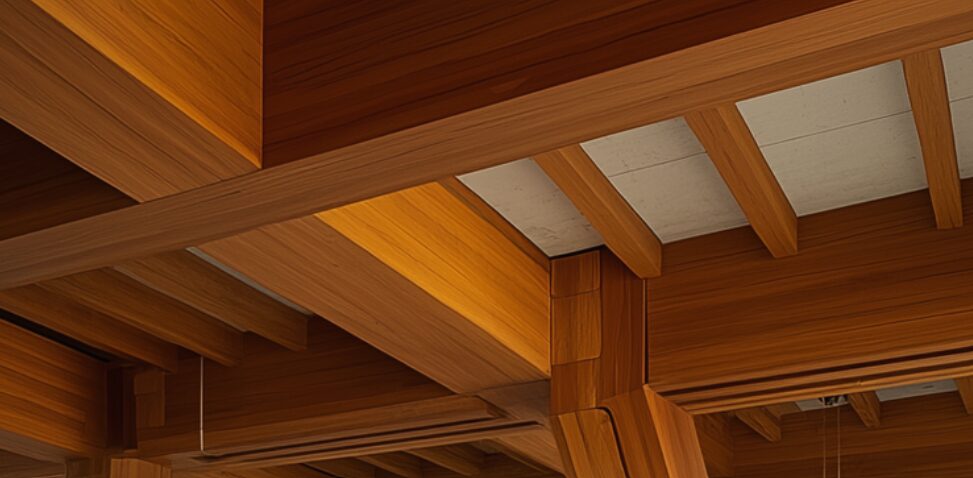Imagine a material derived from natural wood that is stronger than steel (per unit weight), tougher than titanium alloys, and lighter than both. This is not science fiction—it’s superwood, an innovative material developed by researchers at the University of Maryland and other institutions, poised to revolutionize various industries with its exceptional strength and sustainability.
What Is Superwood?
Superwood is engineered by enhancing natural wood through a two-step process:
- Lignin Removal: Lignin, the component that gives wood its rigidity and color, is chemically removed. This step softens the wood structure, making it more pliable.
- Compression and Heat Treatment: The delignified wood is then compressed under mild heat (approximately 150°F), causing the cellulose fibers to become tightly packed. This densification process reduces the wood’s thickness by up to 80%, resulting in a material that is significantly stronger and tougher than its natural counterpart .
Remarkable Strength and Toughness
The resulting superwood exhibits extraordinary mechanical properties:
- Strength: It is more than ten times stronger than natural wood and comparable to steel in strength .
- Toughness: Superwood is ten times tougher than natural wood, meaning it can absorb more energy before fracturing .
- Lightweight: Despite its strength, superwood is six times lighter than steel, making it an ideal material for applications where weight is a critical factor .
These properties make superwood a promising alternative to traditional materials in various sectors, including construction, automotive, and aerospace industries.
Environmental and Economic Benefits
Superwood offers several advantages over conventional materials:
- Sustainability: Being derived from wood, a renewable resource, superwood is more environmentally friendly than metals or plastics. Its production process is also more energy-efficient, potentially reducing greenhouse gas emissions .
- Cost-Effectiveness: The manufacturing process for superwood is relatively simple and inexpensive, allowing for large-scale production without significant investment .
- Versatility: Superwood can be molded into various shapes before the densification process, enabling the creation of complex components for different applications .
Potential Applications
The unique combination of strength, toughness, and lightness makes superwood suitable for a wide range of applications:
- Automotive Industry: Superwood could replace steel and carbon fiber in vehicle manufacturing, leading to lighter cars with improved fuel efficiency and reduced emissions .
- Construction: In building structures, superwood offers a sustainable alternative to steel and concrete, potentially reducing the environmental impact of construction projects .
- Protective Gear: Due to its ability to absorb energy, superwood could be used in protective equipment, such as helmets and body armor .
I dont think we’ll be turning superwood anytime soon thoigh.
Challenges and Future Research
While superwood holds great promise, there are challenges to address:
- Moisture Sensitivity: Like natural wood, superwood can absorb moisture, which may affect its mechanical properties. Inventwood claims to have solved this issue on their website,
- Scalability: Further research is needed to optimize the production process for industrial-scale manufacturing while maintaining quality and consistency. However, Inventwood has just received $15 million to begin mass production!
N.b. we have no connection to Inventwood, we just admire what they are doing.
Conclusion
Superwood represents a significant advancement in material science, offering a sustainable, strong, and lightweight alternative to traditional materials. Its potential applications span various industries, promising to reduce environmental impact and improve performance. As research and development continue, superwood could play a pivotal role in building a more sustainable future.
